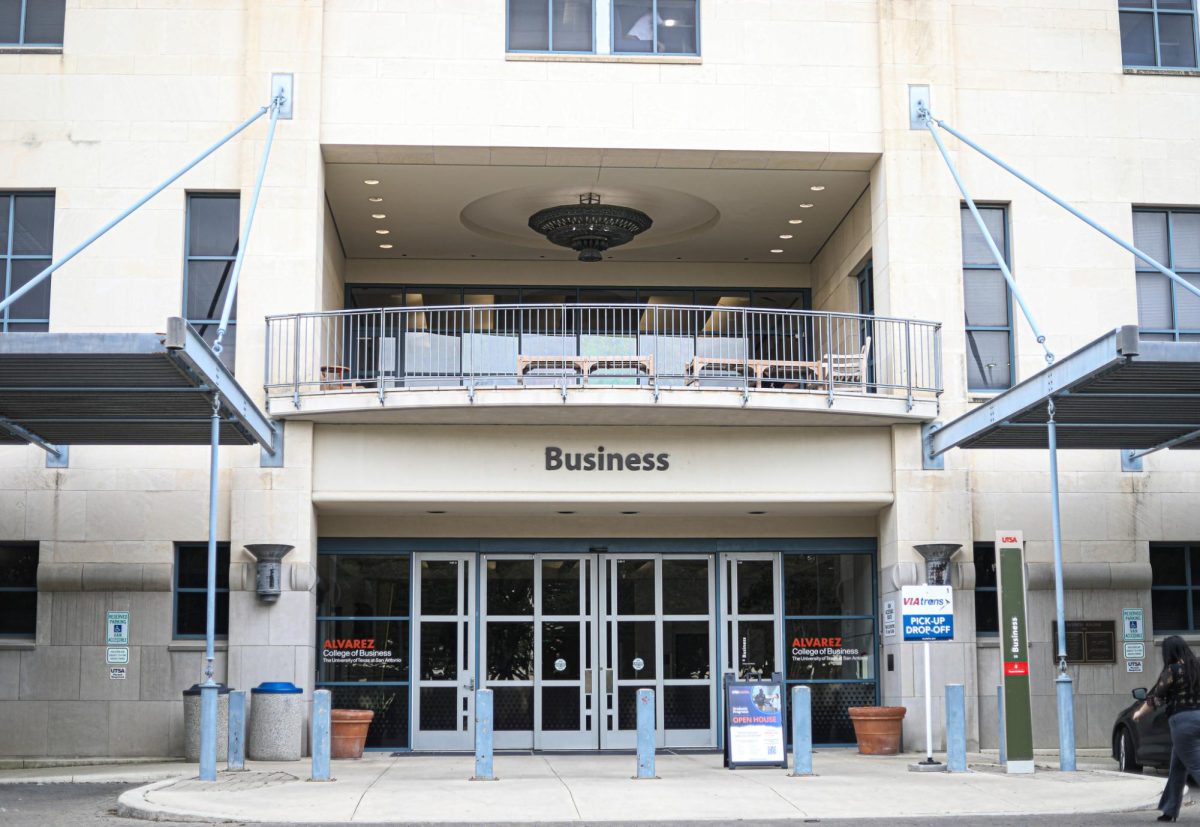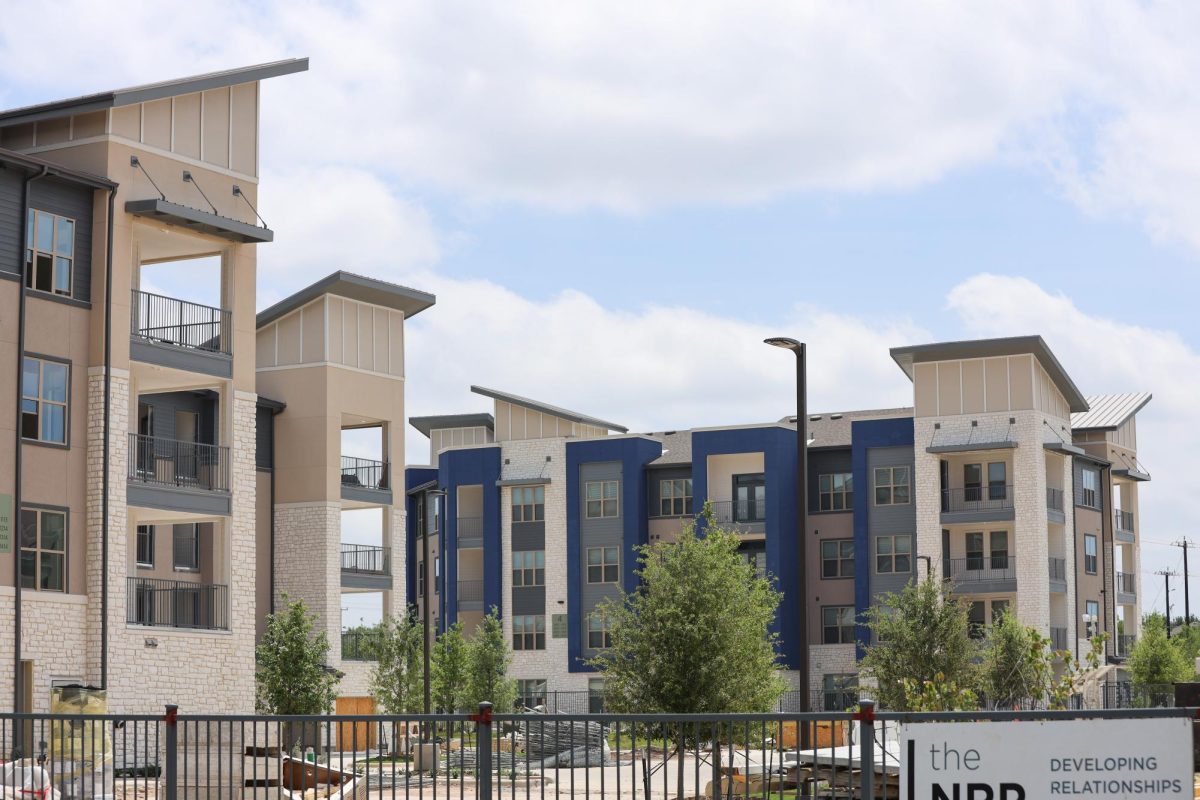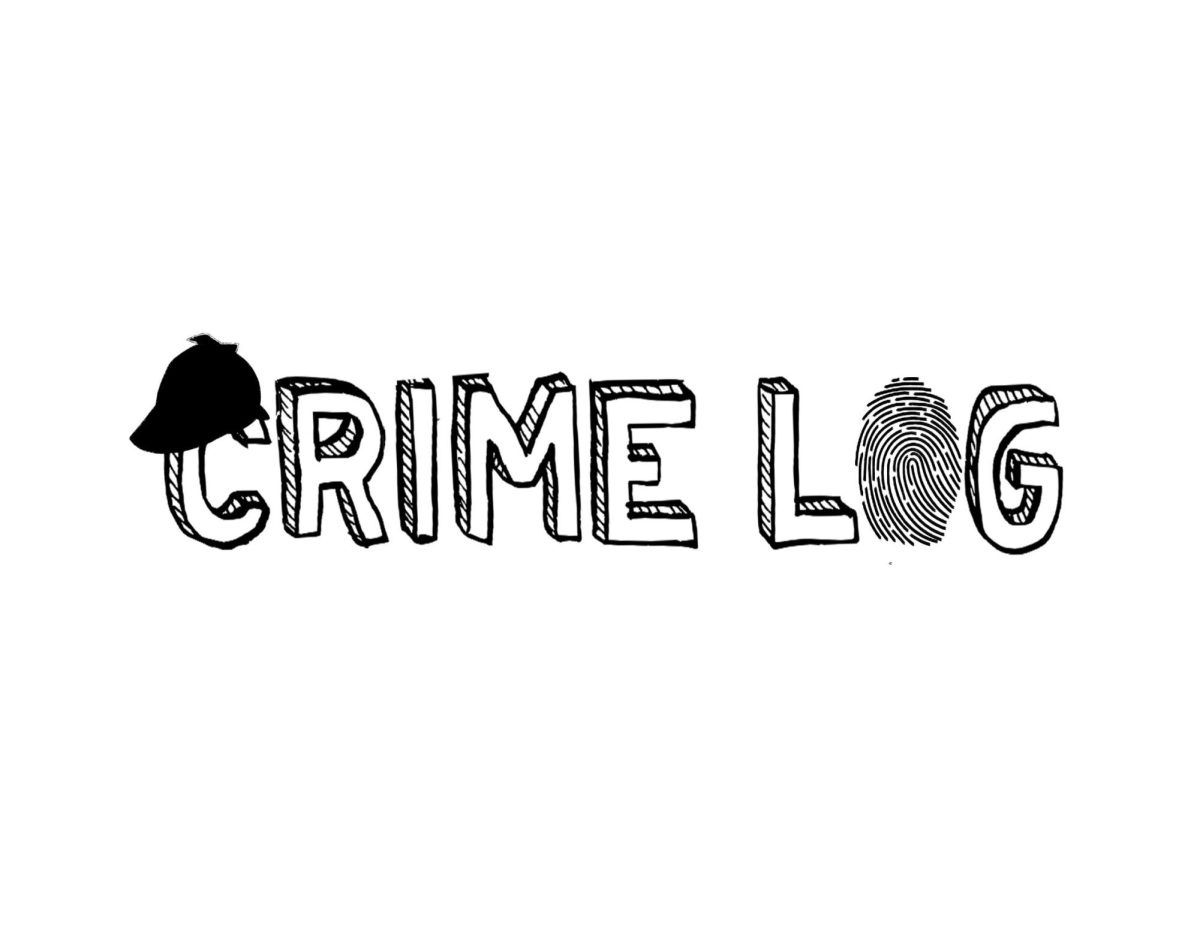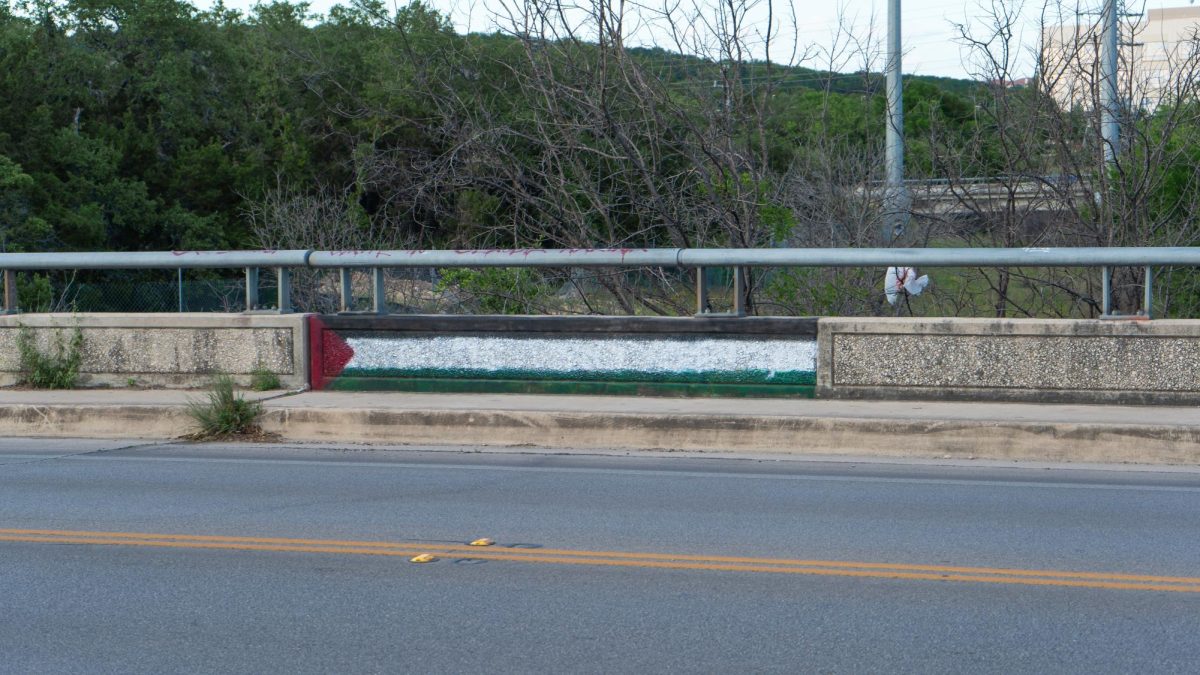On March 19, 2011, San Antonio Mayor Julian Castro joined other city leaders at the UTSA downtown campus to reveal the strategic plan for SA2020.
Castro, the leading force behind this effort, along with various community leaders such as Graham Weston, chairman of Rackspace Hosting; Darryl Byrd, managing director of Pearl Brewery; and Sonia Rodriguez, attorney and chairwoman of the Mayor’s Commission on the Status of Women.
SA2020, which began last September, has progressively become more than just a vision. It is a community-wide initiative that asks, “What do we want San Antonio to look like in the year 2020?” The most talked-about topics were education, downtown development, transportation, and economic development.
“Dream it. Map it. Do it.” has become the slogan behind the campaign. What started as only ideas is now a strategic plan that has been mapped out in a portfolio for public viewing.
It all began with three surveys distributed to San Antonio residents, targeting issues that were viewed as the most important to change or preserve. In one survey about the satisfaction of residents with the quality of life in the city, only 4,271 people participated. An estimated 1,000 responded “very satisfied” while the majority felt “somewhat satisfied” or “not very satisfied.”
In a Spanish version of the same survey distributed among residents, 94 people participated and 32 answered “muy satisfecho.”
The last estimated population was taken in January of 2011 where nearly 1.5 million residents were calculated in the San Antonio area, almost 300 times more than the number of participants in the survey.
As a result of these surveys, Mayor Castro designated a few task forces to aid in different areas of interest to improve the quality of life, which will be funded by a $596 million bond for city investments.
One task forces to aid in different areas of interest to improve the quality of life. These improvements will be funded by a $596 million bond for city investments.
One task force of high priority, the education task force, will be led by Charles Butt, President of HEB grocery. The education task force sets out to reduce the high school dropout rate in San Antonio which is approximately 40 percent. The goal is to reduce this rate by nearly half and to have more students enroll in a 2-year, 4-year or technical college.
Another goal is to increase downtown housing and downtown employment. Currently downtown offers 3,383 housing units; the goal would be to increase to 5,000 units including more student housing.
In 2000, 9.5 percent of 55,100 San Antonio employees were working in the downtown area. The vision for SA2020 is to increase the number to 25 percent or roughly 13,000 additional employees.
Mayor Castro also envisions having San Antonio as a leading “green city.” His hope is to increase the number of green jobs from the current estimate of 12,000 to almost twice that by 2020 with a majority of that growth in high-tech green innovation.
Although the mayor targets key points for improvement, he gave few specifics about how these improvements would be made.











